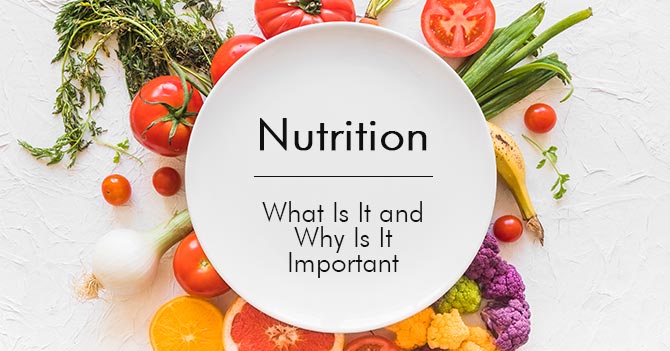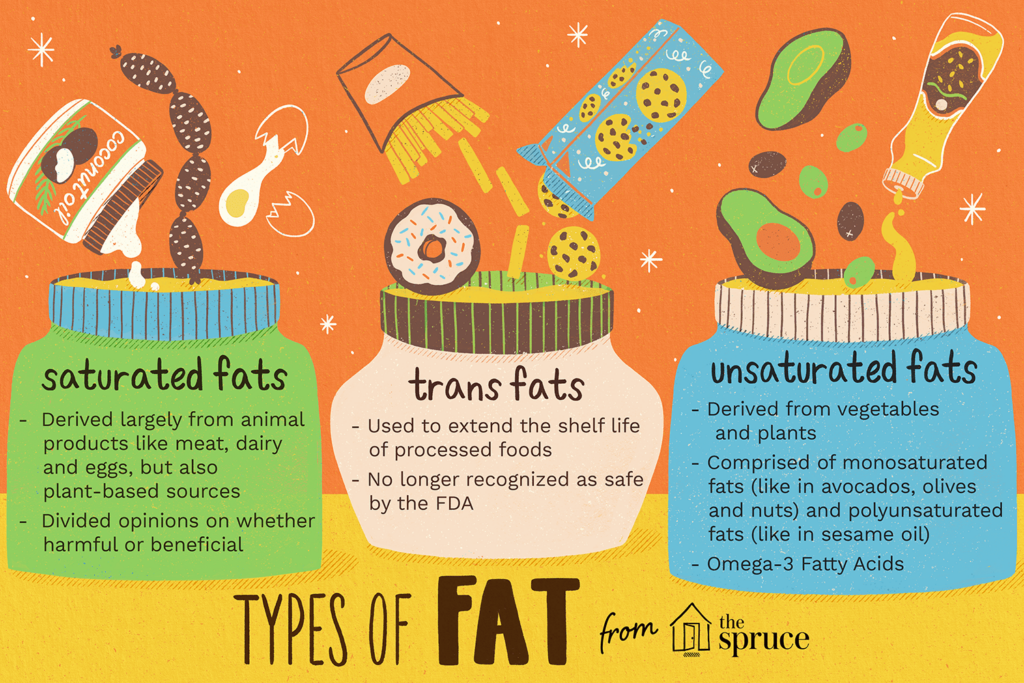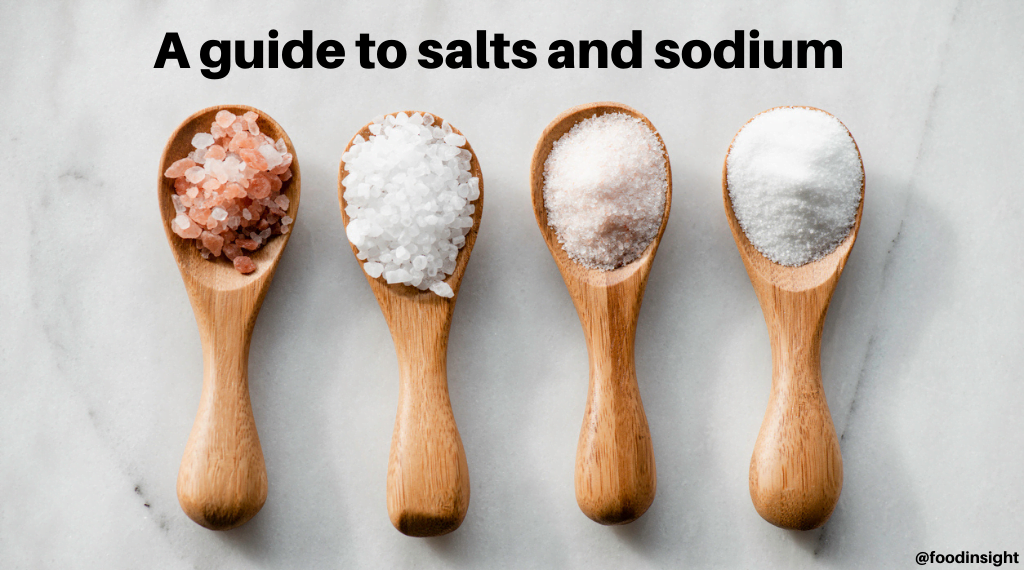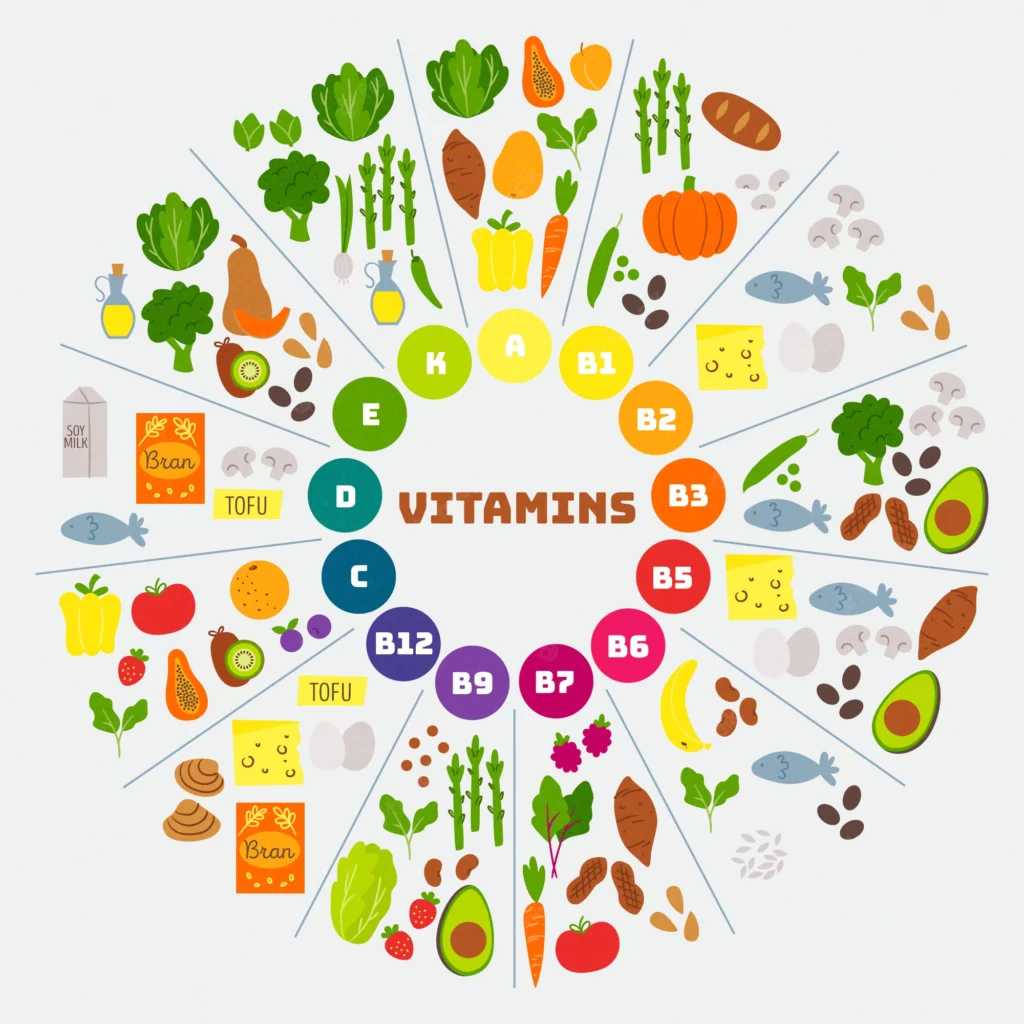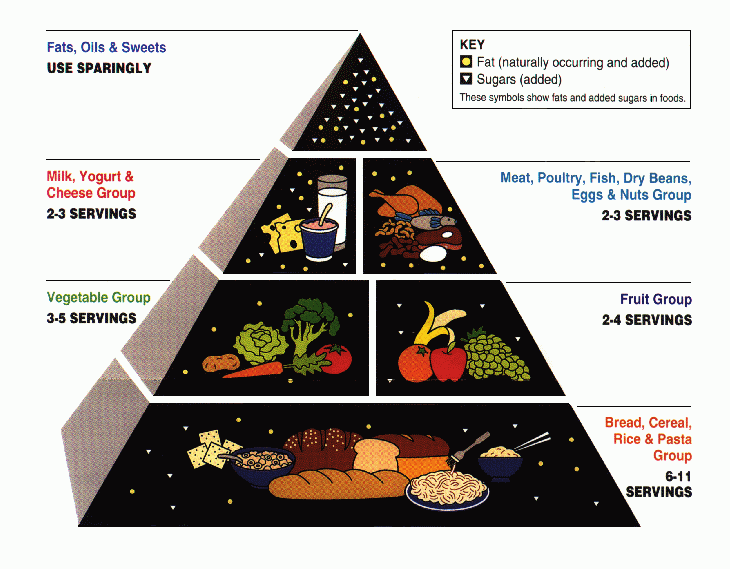- Home
- Mentor Projects – 2022
- 1800’s Fashion In America/Jocelyn
- Architecture
- 1800’s Fashion in America//Rianna
- Baseball – Andrew
- Baseball – Silas
- Baseball-Joseph leal
- ♡Character Design♡
- Cheese – jack
- Cooking:)
- Heroes Before the Man of Steel
- The History and Science of Medieval Weapons
- Olympics
- Painting – Mia Marquez
- soccer/wyatt mills and evan guidi
- Mentor Login


